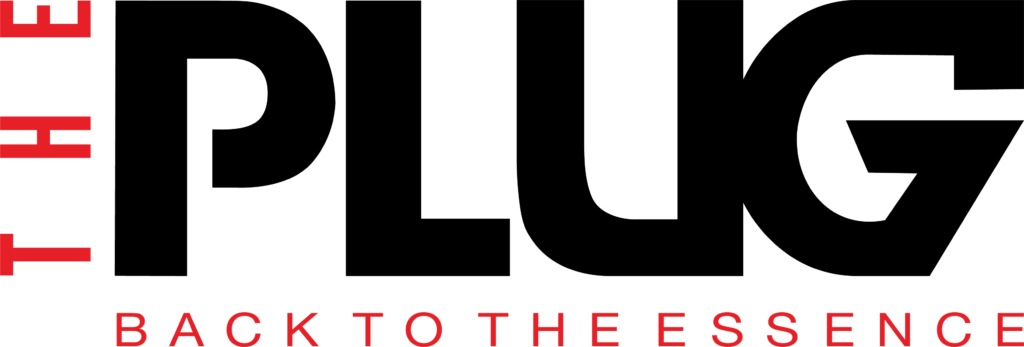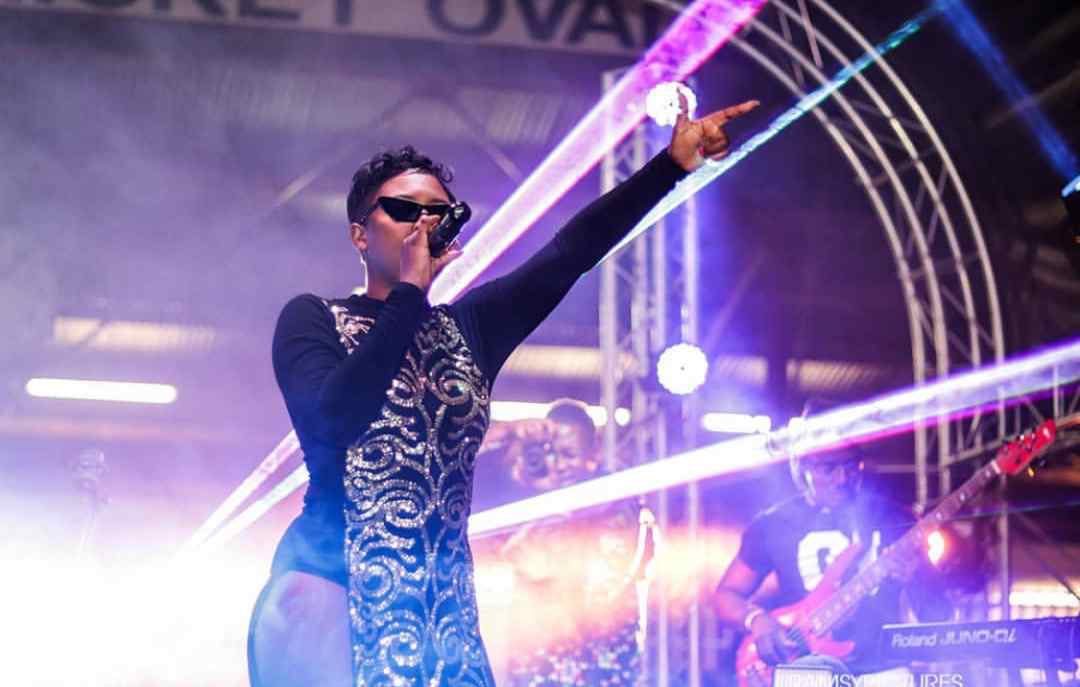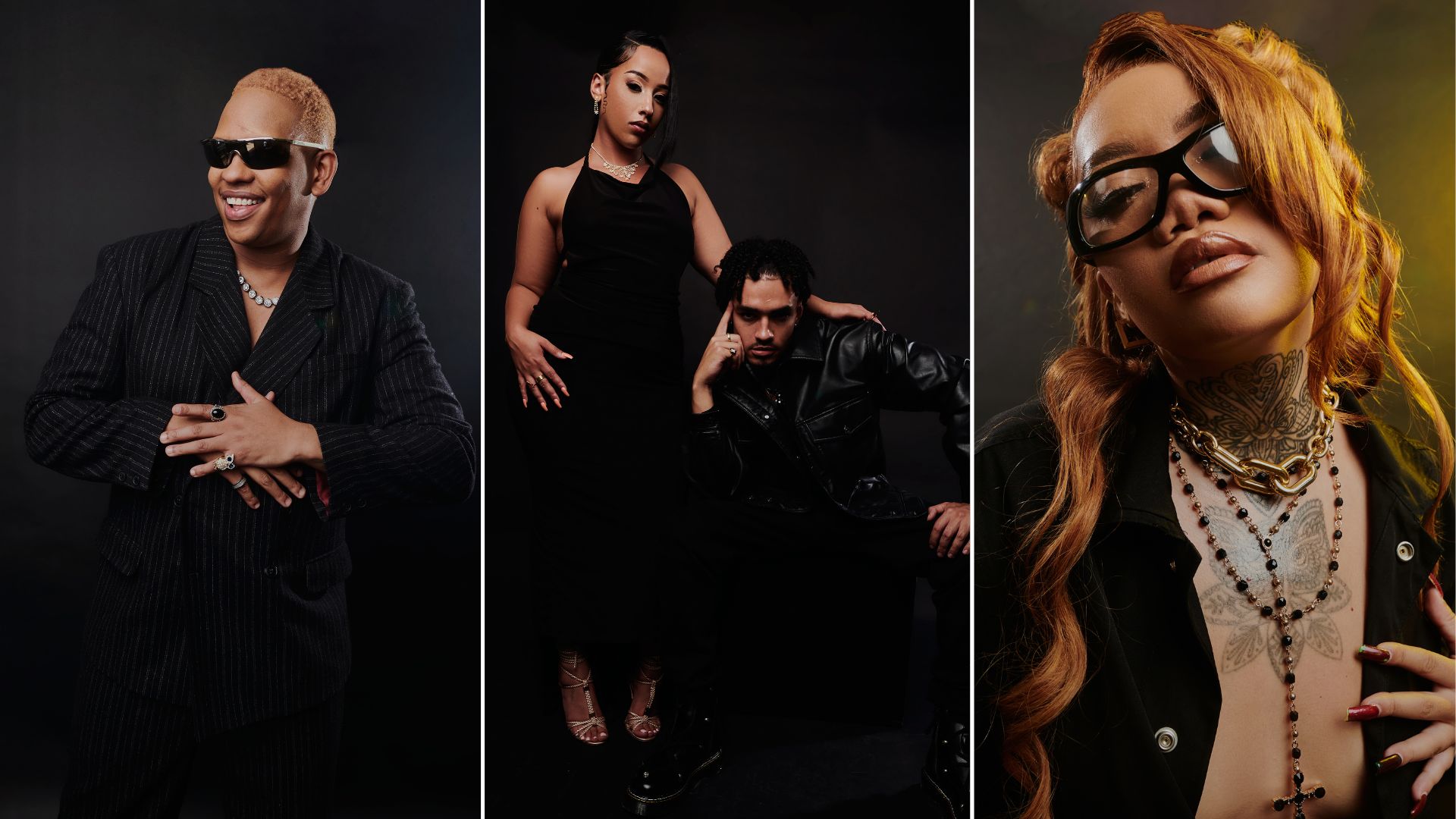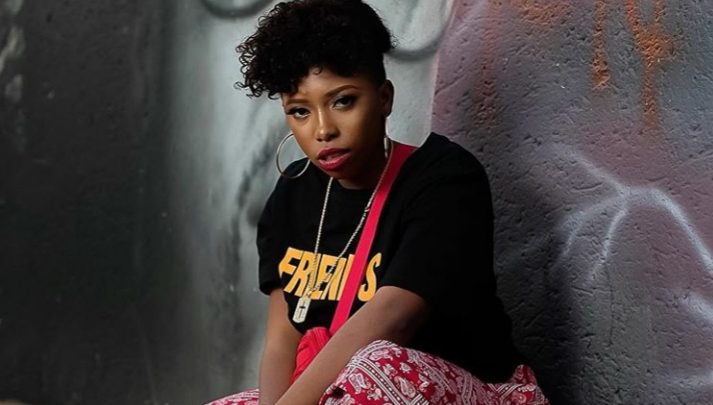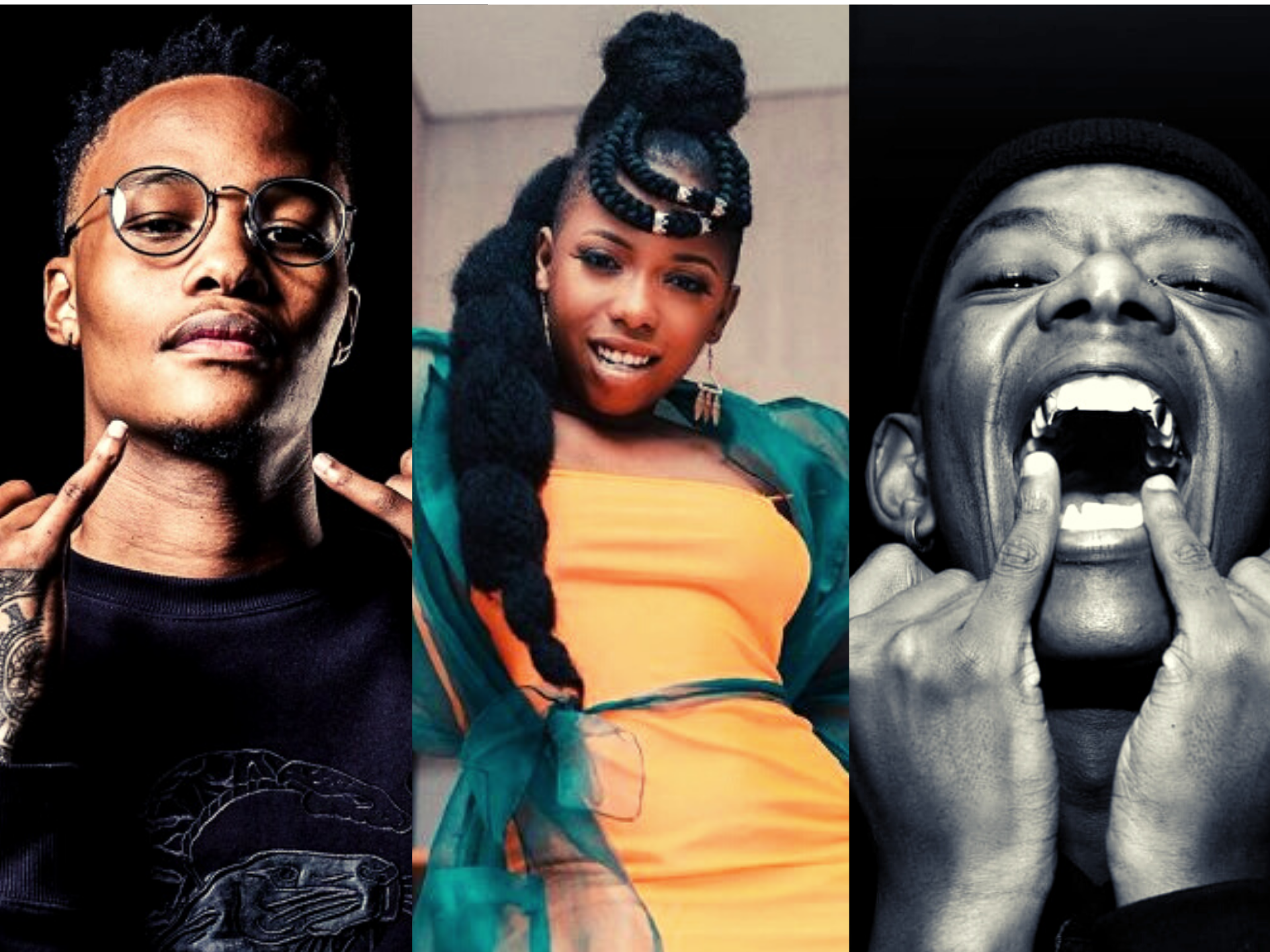Words by Joey Drumz
In the kaleidoscopic world of music and the arts, the ability to stand out has always been at the heart of any great success story. In whatever aspect of the game these mavericks have been involved in, their ability to take advantage of the changing way in which we create and consume music, and the culture, has been the difference-maker in carving out a niche and remaining on top of their game in a saturated pool of talent.
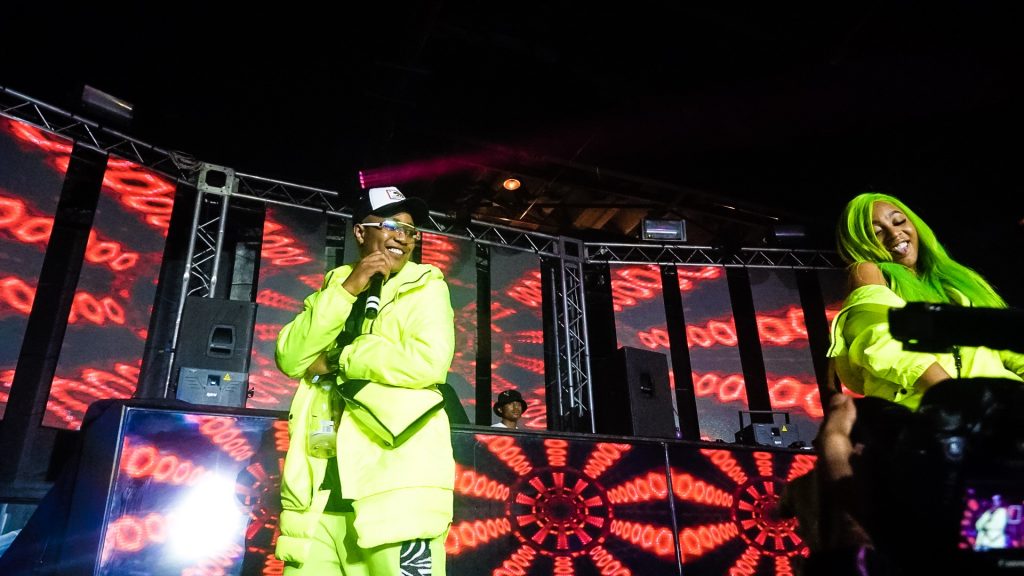
Although often useful and slightly levelling the playing field by offering listeners more options than ever before, the internet and new technologies have also presented artists a unique challenge to go beyond their conventional models and create concepts that further engage their fan bases in an even more personal way. This, coupled the rise of concert/festival culture, has seen artists become the architects behind projects that have allowed them to go from merely being role-players in booked gigs to being the curators of fan-experiences that speak directly to their identity and what they feel their audience wants to see and hear. From preparing longer and more musical setlists, designing event-specific merchandise and sharing the stage with collaborators from present and past albums, artists are necessitating the need for new and immersive ideologies when it comes to the presentation of their brands.
Although Drake and Tyler the Creator are some notable international names to have carried the baton in this regard with shows like OVO Fest and Camp Flog Gnaw, the last decade or so has also seen a number of South Africa’s biggest acts re-imagine themselves and expand into properties of their own. From established entities like Shimza’s One Man Show, Cassper’s Fill Up series and Khuli Chana’s Maftown Heights to newer entries like Gigi Lamayne’s GiGi Gang Concert, Riky Rick’s Cottonfest and Black Coffee’s Music Is King, the industry has kept itself (and the continent) on pace with global change.
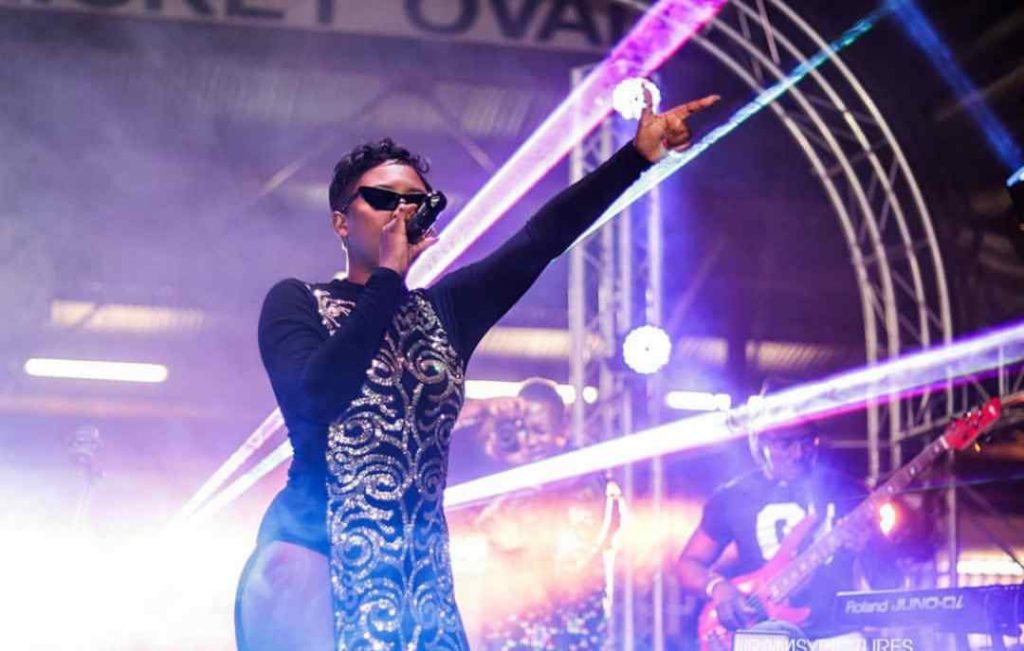
Beyond using vehicles like this to expand (as well as retain) the people that support them, the long-term benefits of artists owning control of their ventures are vast. The financial incentive aside, these works allow them to paint the narrative of their brands in whatever colour they feel. In the month of May, we’ve seen the likes of Gigi Lamayne looking to shine a light on underappreciated femcees with a show that saw six women headlining the Gigi Gang Show. The significance of this milestone cannot be understated and sets a new precedent for female artists seeking to be measured at equal value alongside the predominantly “All Boys Club” in SA Hip Hop. The show was a big step for the former Mabala Noise rapper who felt the past year dealt her a heavy hand, but having rallied the some of the biggest names in the game (with particular emphasis on emboldening the female contingent) managed to successfully execute her vision.
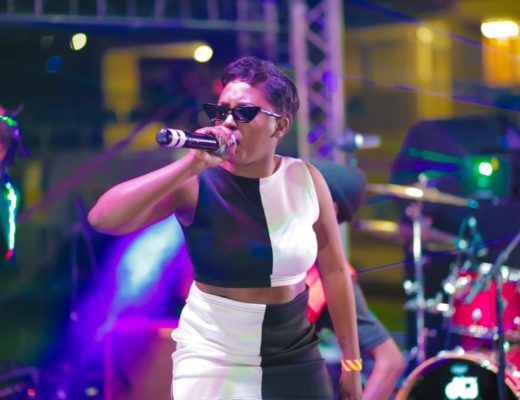
This month also saw DJ Speedsta turn what would often be a conventional birthday celebration into the start of a new chapter in his brand, launching what will now be referred to as the Speedsta Birthday Concert. Although not in the format of One Man Show’s like Shimza’s that see him as the sole DJ offering on the night, the desire to raise the bar and scale for an Annual Celebration like this could be a motivating factor and the catalyst for further innovation in a future that sees him customize the blockbuster into a more themed affair that matches his constantly-evolving outlook on himself and his music.

Some have argued that shows of this nature are often buoyed by the depth in the lineup of artists on the bill but growth, both individually and on a broad scale, is very reliant on merely beginning and this could actually be the kind of bold ecosystem needed to boost the status of both artists and the music industry in South Africa as a whole.
In all honesty, the increase in the culture of support and collaboration amongst artists and industry creatives might even deserve more praise. It’s no secret that events of this scale in production do not come without financial burden, the weight of which can be an overwhelming deterrent even at the planning stage, but peer support on various levels has seen to the launch and growth of ideas that have since sourced significant corporate backing to sustain them. The impact of this has been important in combating the reluctance of brands to place a fair value against what they have to offer and the pooling of their resources has seen them ultimately command the kind of audiences that give them better leverage when negotiating for the future. This kind of collective thinking and willingness to see everyone succeed seeks to break a divide that has held the game back from reaching its full potential for a long time.
Ownership in the music space has always been (and will always be) a topic of great importance with the volatility of the industry requiring artists to build platforms that can survive an uncertain future. The recent growth of self-owned entities is refreshing and a positive step in the right direction and one hopes that this momentum gives rise to even more chapters in the South African entertainment story.


